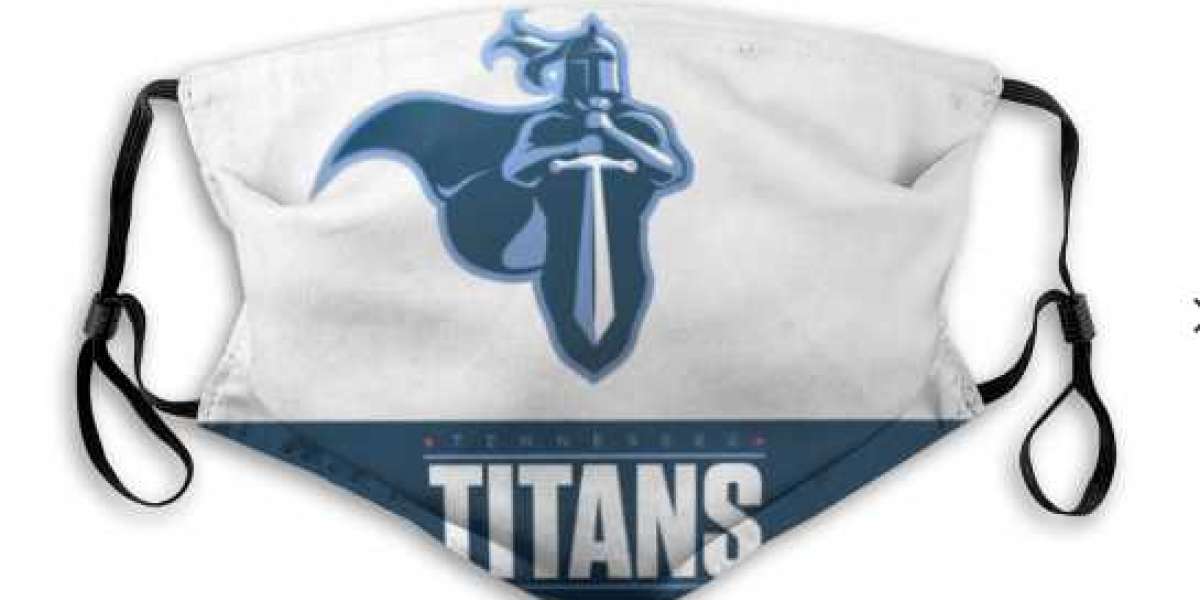1. Choosing the Right Location
Selecting the ideal location for your skip bin is crucial. It should be easily accessible for both you and the delivery truck. A flat, solid surface like a proper driveway is often the best choice. Ensure there is enough space around the area for the bin to be dropped off and picked up without obstruction. Avoid placing the bin on soft ground, as it might sink or become unstable.
If you need to place the skip bin on public property, such as a street, you may require a permit from your local council. Check with your skip bin provider or council to understand the requirements and obtain the necessary permits ahead of time. This will prevent any legal issues or delays on the delivery day.
2. Measuring the Space
Before your skip bin arrives, measure the space where you plan to place it. This ensures the bin fits comfortably and does not obstruct access to your property. Consider the size of the skip bin you’ve hired and make sure there’s ample room for the delivery truck to maneuver. If in doubt, consult with your skip bin provider to confirm the dimensions and any specific requirements they may have.
Clear the area of any obstacles, such as vehicles, garden tools, or furniture. This not only provides a clear path for the delivery but also ensures the safety of everyone involved. It’s also a good idea to inform your neighbors if the bin will be placed close to their property, as a courtesy and to avoid any potential disputes.
3. Ensuring Safe Access
Safety should be a priority when preparing for a skip bin arrival. Ensure the area is clear of obstacles and provides safe access for the delivery truck. If you have children or pets, keep them away from the area during the delivery and loading process. This prevents accidents and ensures the safety of everyone involved.
If your skip bin will be placed on a public road or footpath, ensure it is well-marked and visible. Use cones, barriers, or signage to alert pedestrians and drivers to its presence. This helps prevent accidents and ensures compliance with local regulations regarding public safety.
4. Preparing the Waste
Organising your waste before the skip bin arrives can save you time and help you make the most of the available space. Separate your waste into different categories, such as general waste and recyclables. This makes it easier to load the bin efficiently and ensures you comply with the disposal regulations. Remember that certain items, like asbestos, chemicals, and electronics, are often prohibited from skip bins.
For large items, break them down into smaller pieces if possible. This maximises the space in your skip bin and allows you to fit more waste. Keep heavier items at the bottom of the bin to create a stable base and prevent it from becoming top-heavy and unsafe. By organising your waste ahead of time, you can avoid last-minute scrambling and make the loading process quicker and more efficient.
5. Understanding Weight Limits
Each skip bin has a weight limit that must not be exceeded. Overloading the bin can lead to additional charges or even the refusal to collect it. Check with your skip bin provider about the weight limit for your specific bin size. If you’re unsure about the weight of your waste, consider hiring a larger bin to avoid the risk of overloading.
To manage the weight of your waste, distribute it evenly throughout the bin. Avoid placing all heavy items in one spot, as this can make the bin difficult to lift and transport. If you’re disposing of particularly heavy materials, like concrete or soil, be mindful of the overall weight and plan accordingly. Understanding and adhering to weight limits ensures a smooth and hassle-free collection process.
6. Scheduling the Delivery
When booking your skip bin, choose a delivery date that aligns with your project timeline. Ensure you have enough time to prepare the area and the waste before the bin arrives. If possible, schedule the delivery for the beginning of your project, so you can dispose of waste as you go. This keeps your work area clean and organised, preventing clutter and potential hazards.
Communicate with your skip bin provider to confirm the delivery time and any specific instructions they may have. Be present on the delivery day to guide the driver and ensure the bin is placed in the correct location. This helps avoid any miscommunication and ensures the process goes smoothly.
7. Loading the Skip Bin
Once your skip bin arrives, it’s time to start loading your waste. Begin with the larger, heavier items first, placing them at the bottom of the bin. This creates a stable base and prevents lighter items from being crushed. Stack items as neatly as possible to maximise the space and avoid gaps. Break down large objects to make them fit more efficiently.
Avoid overfilling the skip bin. Most bins have a fill line indicating the maximum level. Exceeding this limit can result in additional charges or safety issues during transport. If you find you have more waste than expected, consider hiring an additional bin or arranging for a second collection. Properly loading the skip bin ensures safety and compliance with regulations.
8. Post-Collection Cleanup
After the skip bin has been collected, take some time to clean up the area. Remove any debris or waste that may have been left behind. This ensures your property remains clean and safe. If you have any remaining waste that couldn’t fit in the skip bin, arrange for an additional collection or take it to a local disposal facility.
Review the service provided by your skip bin hire company. If you were satisfied with their service, consider leaving a positive review or recommending them to others. This helps support local businesses and ensures others can benefit from reliable and efficient skip bin hire services.
Communicating with Your Provider
Effective communication with your skip bin provider is key to a smooth and successful waste management process. Discuss your project details, waste types, and any specific requirements you have. This helps the provider recommend the right bin size and services for your needs. Keep their contact information handy in case you need to make any changes or have questions during the hire period.
If you’re using a local provider, such as skip bins Rockingham, they may have specific knowledge about local regulations and disposal facilities. Leverage their expertise to ensure compliance and efficient waste management. Good communication with your provider ensures a hassle-free experience and optimal results.
Preparing for a skip bin arrival involves careful planning and organisation. Taking these steps above not only saves you time and effort but also promotes safe and responsible waste management.







